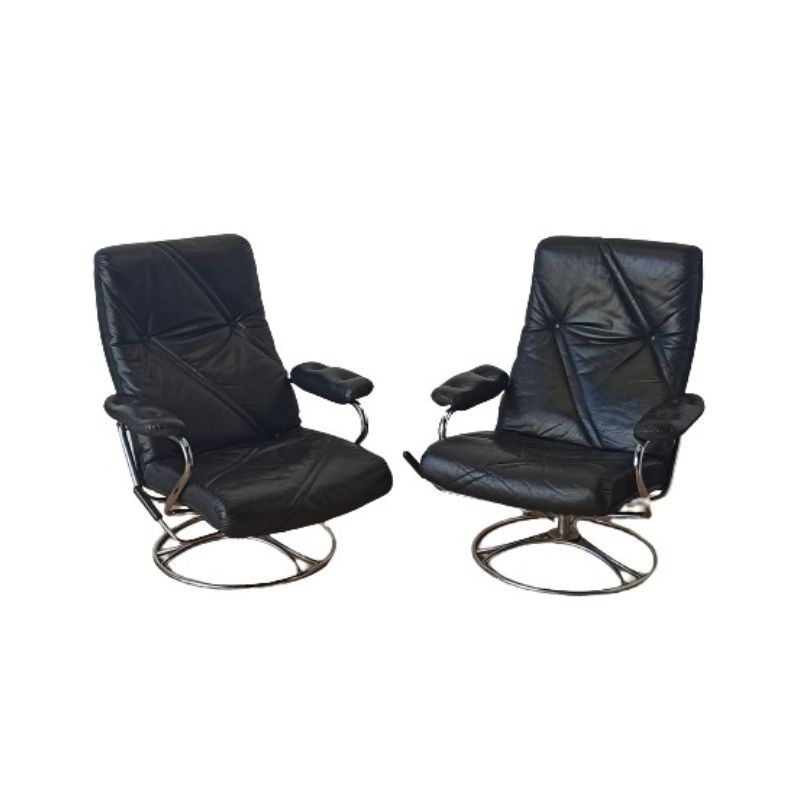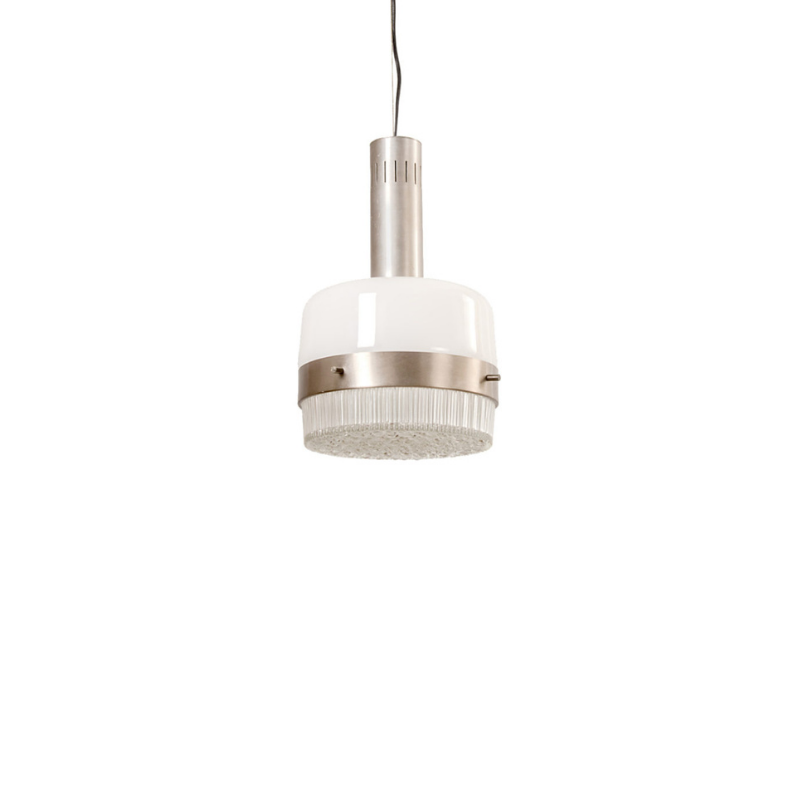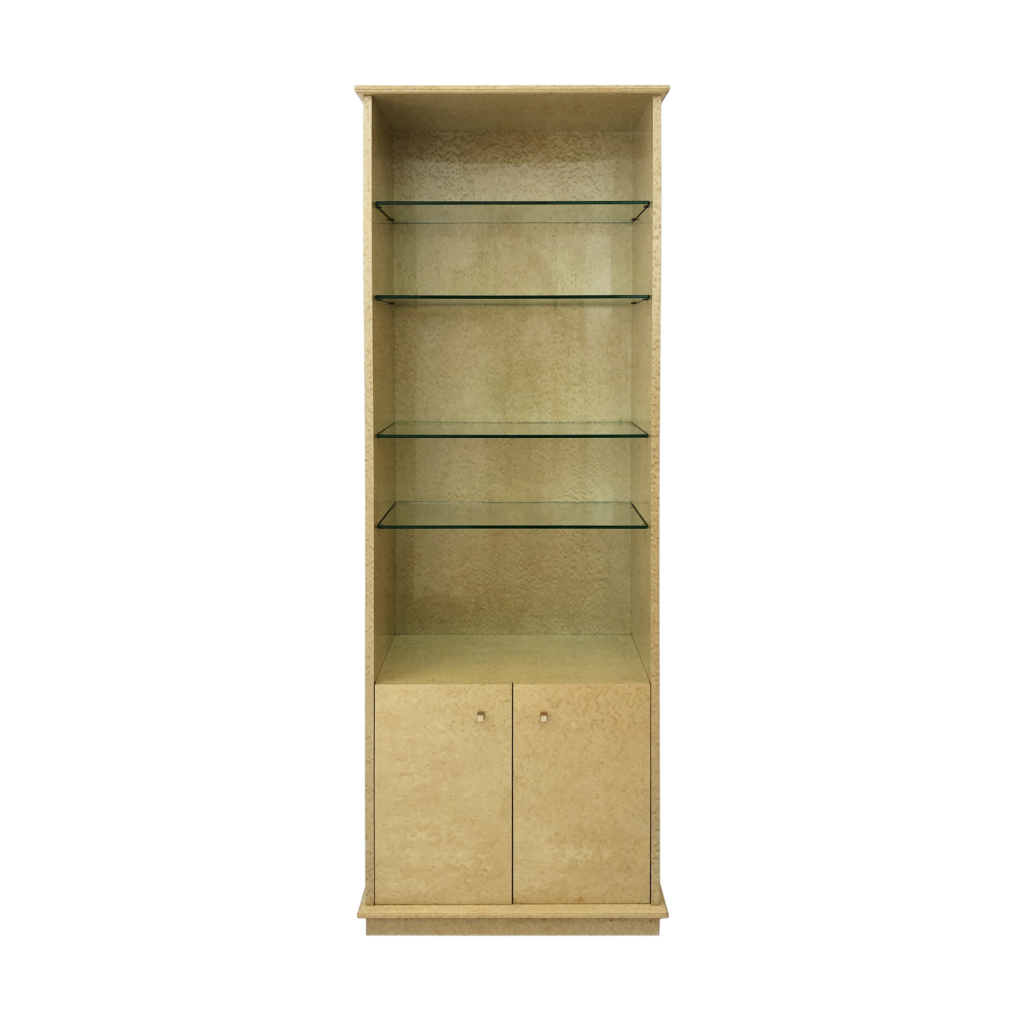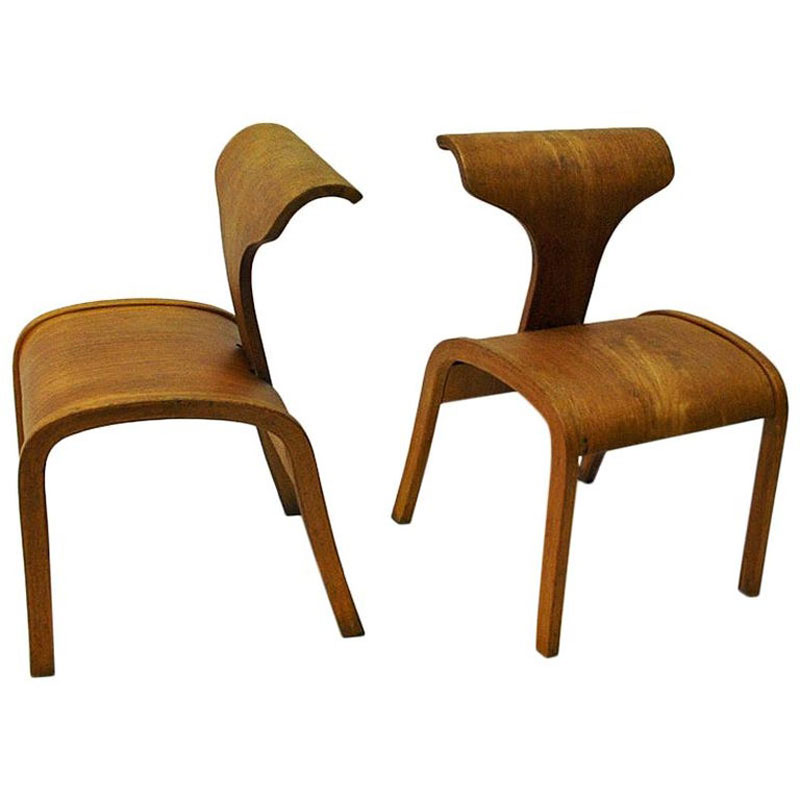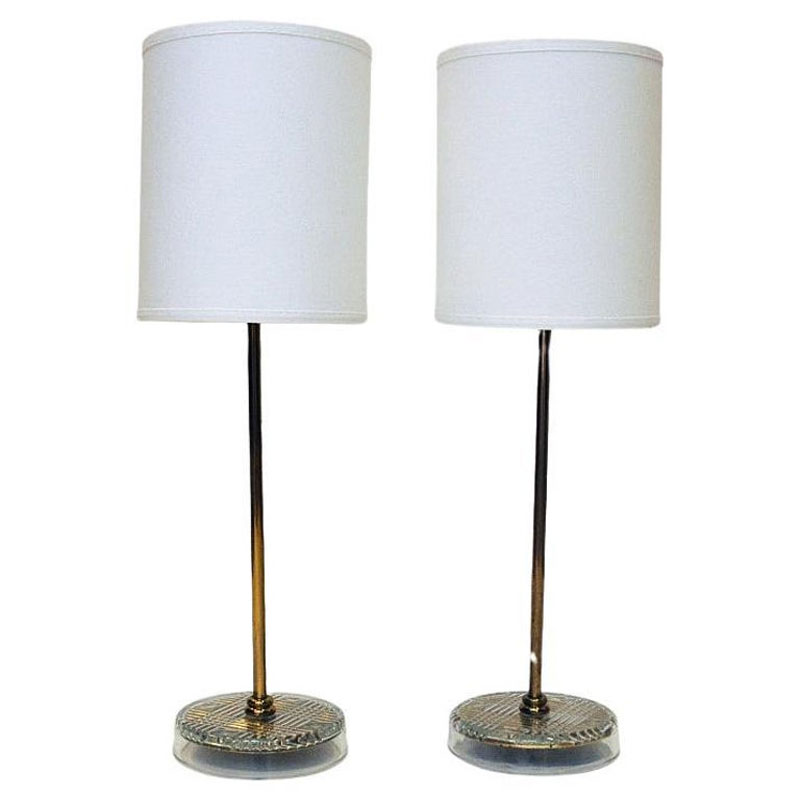.
I used a model of something like kapoors sculpture(spaceships! all my teenage fantasies are coming true) and it needs to be lifted at the back a touch...this is my 4th full day of learning the software, the best thing is that I can animate the bean and and background changes will be reflected in the chrome, I could even use video as a background and can animate the bean to do all sorts of stuff, I've rendered it out in other colours + textures too.
Working on more + better today.
.
Le Corbusier had it right, the things we touch require more discipline and care in the design (computers and handwork and conventional manufacturing, there just needs to be a balance) , the things we don't the more arbitrary and creative we can be, de stijl architectural fantasies are similar to Hadid's, they are both flights of fancy, not that theres anything wrong with that!
Quite
so. The desire to make a new version of nature, either more fluid or more geometric than nature's prototypes, is typical of (and unique to ?) man, isn't it ? (Or to woman, in Zaha's case. . .)
Isn't that bean of yours, and its reflections, amazing ? As to spaceships, there's a spectacular morphing reflective flying vehicle in a movie whose name I cannot remember. A porpoise-like shape, with a floating-tread stair to the ground, becomes more arrow-like when it must achieve speed. The morphing metallic interior is pretty cool, too.
I'm hoping to see a UFO before I die. There are multiple reports of an enormous, low, seamless and silent object in Texas, recently.
genoform
genoform is a plugin for solidworks that generates random new shapes according to some parameters that you decide. I do not think this is the way we develop new concepts or new forms but it is still interesting to see and begin thinking about the way we work when we do a shape research ... I let you check the link...
http://www.genometri.com/flash/gv_gfdemo_angel.swf
I work in Autodesk Inventor
Here is a table I designed for my upcoming furniture line. First I started with lot's of sketches. I next drew it in my CAD program to get it into a format for finalizing the scale and making working drawings, plus it is nice to see it in 3D with the ability to revolve it. I next spoke with my contractor as far as construction methods/ materials go etc, hand over some drawings and voila..one prototype table to test

.
yikes, huges images, is that mdf ?
Please don't take offense but I think this is an example of where computers either aren't required or are a detriment. A hand drawn line on a template can be much more elegant.
If this is going to be executed in solid timber aren't you concerned about the top cupping? I think very thick plywood would be a more suitable material, possibly with a little flare to the leg? and some dowels to lock the leg in running through on a 45, this could make the table flat pack. I think too a similar construction but with a circular top might be an improvement.
Handsome
and interesting, but with (like any object) some potential problems. The inclusion of an apron, recessed to the rear of the leg, if your like, would make me a lot more comfortable, structure-wise. There just isn't enough in that leg joint, no matter how joined and of whatever material(s), to resist eventual movement. The fact that the leg is on a diagonal is of help in resisting north-south and east-west movement of the top, but the legs as a set are entirely vulnerable to rotational stress -- and a structure will find its own weakness and not be able to resist attack upon it, I'm sorry to say.
I see at least two materials in the photo: MDF (?) for the table -- is that wood edgebanding I see on the long edge ? The benches seem to be made of hardboard-skinned lumbercore -- or are they of hollow-core or light-weight core construction ? How are the parts connected ?
These questions, appropriately addressed, make the difference between pretty-in-a-picture design, and more-than-pretty-in-a-picture design. The direct involvement of the craftsman who will construct your designs, from the beginning, will greatly aid in the development of the second sort of work -- which I'm sure is your aim ?
Thanks for the peek. Keep em coming ! Handsome stuff. . .
first off...
no offense taken. I use CAD to illustrate the design to myself not for rendering pictures for others. Sure it's not elegant but it's not meant to be (as well the image my program saves as a jpeg is way lower resolution that what I work in). The design exists in my head, it just needs a way to make it to manufacturing.
Those benches by the way are just some hollow core bi-fold doors I put together until I make some chairs. That is a pic of the dinning table proto in my house
Table
First off, the table is hollow core construction, skinned with mdf (switching to ply as mdf has poor suface tension strength (resist sag). The ends where the legs attach is solid poplar sandwiched between the mdf (running full width of the table).The legs are rift cut white oak as is the hand matched veneer on the top and sides (over solid oak edging). The legs are joined using a sliding tenon joint that fits into slots on each side of the leg. There will also be a mechanical fastener(zip bolt) attaching the legs.
The table is flatpack. And I don't really have any issues with cupping etc due to the top's construction.
SDR,
When you were referring to rotation stress on the legs what axis are you refering to? Trying to understand what you were getting at.
Thanks for the all the the comments
the sliding tenon is a very g...
the sliding tenon is a very good idea, impressed! If possible a sliding dovetail might be even better
I'd still like to see it with a circular top, visions of Jean Prouve...
Have you considered having photorealistic renders done of the various models? This would be good for clients, I think the bifold door benches cheapen things a bit though.
I remmeber seeing an image of a Mollino table that was quite angular and had eames like braces at the top of the leg, but were in timber, this might reslove Sdr's concerns.
Thanks for showing and having the confidence not to be offended.
The way...
the table is constructed a sliding dovetail is impossible. This method, with mechanical fastener, will be quite sufficient for making a secure connection.
I think I may have to leave the circular top to you HP! I'm a more of a fan of rectangular tables...
I wasn't planning on doing any photo realistic work, I actually wasn't going to show anything until the prototypes are done, tested and ready for sale...just decided to give people here a little sneak peek (This furniture line will be for productionnot just one off's for specific clients)
...as well, the not caring about my benches. It's just a quick snap from my dinning area to show the table.
You're welcome, it's fun to show the stuff off!
Sounds good,
Place. In which direction does the metal fastener "pinch" ? I like the lightweight construction of the top. I believe that is the future of thick-panel furnishings, at least.
The axis of rotation I'm concerned about is the vertical one through the center of the table. Your sliding tenons are meant to resist that movement. It would be good if any hardware used was able to tighten that slot after the leg is inserted, so that it could be retightened during the life of the table if necessary. A draw-bolt fastener inserted into a mortise across this opening on the underside of the table and through a hole in the top of the leg would do it. But I'm sure you have it worked out.
I like those benches, nevertheless. The parts could be retrimmed and edgebanded with 1/8" or 1/4" oak -- or tempered hardboard ? (with a slight radius) -- and be quite handsome and durable. RTA fittings, hidden under the seat and at the bottom of the vertical panel, would make this a KD piece as well. Lightweight, too ! I could see a whole family of economy furniture made this way. . .
Keep up the good work.
the metal fastener
actualy pulls the leg tight into the back of the slot. The prototype table in the pics has been through all seasonal changes with no fasteners and has zero appreciable slop in the joints..they were made fairly perfectly, a slight knock with the hand is needed to drive them on. All sides of the exposed joints are sealed with finish as well.
None the less, thanks for the comments.
No need to be afraid of the composite panel make up HP. This is an excellent way to make a strong, light, stable panel. It's the same basic construction of high end yachts, formula 1 cars, air planes etc. Plus it uses less solid matl. and it lighter for shipping!
I agree with you SDR, I belive this market (composite panels) will grow quite a bit in the next few years. My main problem is finding someone in North America with the production machinery to make these simply...all over Europe no prob, not much here in Canada
If you need any help, please contact us at – info@designaddict.com





